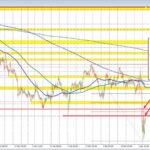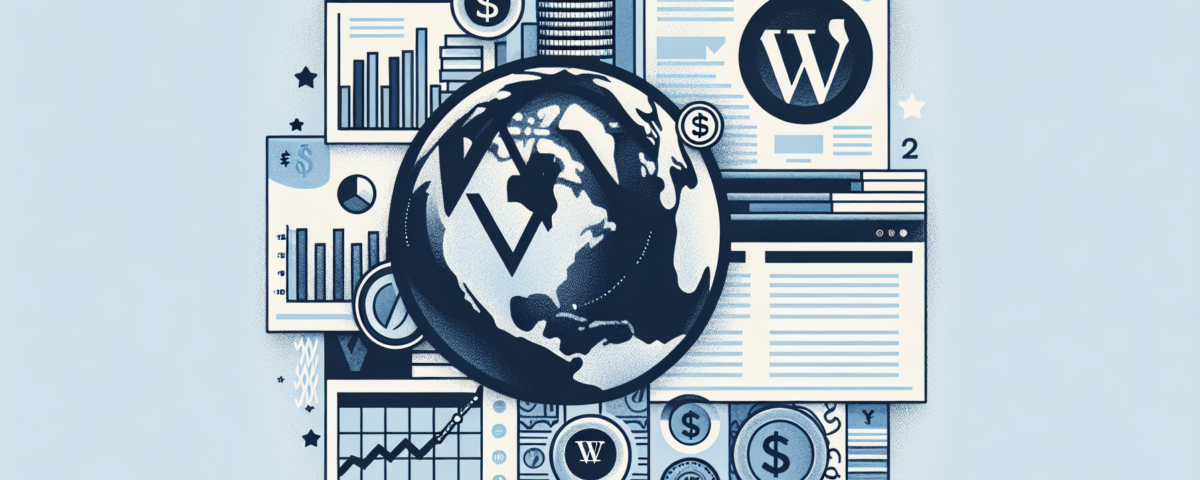
AUD/USD Recovery Stalls: Navigating Market Trends and Geopolitical Challenges
Tháng 4 8, 2025
The Offshore Chinese Yuan: Navigating Record Lows Amid U.S.-China Trade Wars
Tháng 4 8, 2025Goldman Sachs Revamps Economic Forecasts: Implications for USD and EUR/USD Exchange Rates
In a pivotal move that could reshape currency markets, Goldman Sachs has recently adjusted its economic forecasts, particularly affecting the USD and the EUR/USD exchange rate. As global economic dynamics change, understanding these developments is crucial for investors, traders, and economists alike.
Economic Forecasts: GDP and Recession Risks
Goldman Sachs has notably revised its GDP outlook for 2025, lowering the target from previous estimates to a mere 0.5% growth. This adjustment is indicative of heightened concerns surrounding the U.S. economy’s resilience amid ongoing trade tensions. Notably, the likelihood of a recession has been elevated from 35% to 45%, driven primarily by aggressive trade policies, specifically the U.S. tariffs newly instituted by President Trump. Such a marked increase in recession risk elevates the potential for a weaker USD as economic activity contracts and consumer confidence wanes, compelling investors to reevaluate their positions in the dollar.
Interest Rate Speculations and Federal Reserve Actions
Another critical factor influencing the USD is the anticipated shift in Federal Reserve policy. Goldman Sachs foresees that the Fed may initiate interested rate cuts sooner than initially expected, suggesting a series of three consecutive cuts of 25 basis points, starting as early as June if economic indicators warrant such actions. This proactive stance could reflect a strategy to mitigate recession impacts but also signals potential weakness for the USD. A lower interest rate environment typically diminishes a currency’s appeal to investors seeking yield, thereby putting further downward pressure on the dollar.
Trade Tensions and Global Economic Response
The implementation of U.S. tariffs has incited a wave of reactions across international markets, as countries ponder retaliatory measures. This development adds another layer of complexity to the already intricate fabric of global trade. As nations seek alternatives to the U.S. for trade engagements, the euro zone may become increasingly attractive, particularly if they manage to maintain stable economic growth during this turmoil. Such maneuvering suggests that the EUR could gain strength relative to the battered USD, bolstered by a perception of a more stable economic framework in Europe amid U.S. uncertainties. The EUR/USD currency pair is currently experiencing a slight upward trend, with potential consolidation indicated by a lack of strong bullish signals. Learn more about the bullish momentum in EUR/USD here.
Conclusion: Shifting Sentiments in Currency Markets
The recent revisions to Goldman Sachs’ economic forecasts signify a notable pivot in market expectations regarding the USD. The cumulative effect of a lower GDP forecast, increased recession likelihood, and prospective Fed rate cuts constructs a landscape characterized by uncertainty for the dollar. In this challenging environment, traders and investors should closely monitor global trade developments and economic signals, as these factors will play essential roles in determining the future trajectory of the USD and its exchange rate with the euro. The forex market is currently seeing a neutral trend between the USD and CAD, indicating low volatility with prices fluctuating around the middle of the Keltner Channel. Discover more about the short-term market outlook for USD/CAD here.
As markets react to these unfolding scenarios, understanding these dynamics will be crucial for navigating the complexities of currency investments and economic opportunities in the months ahead.

